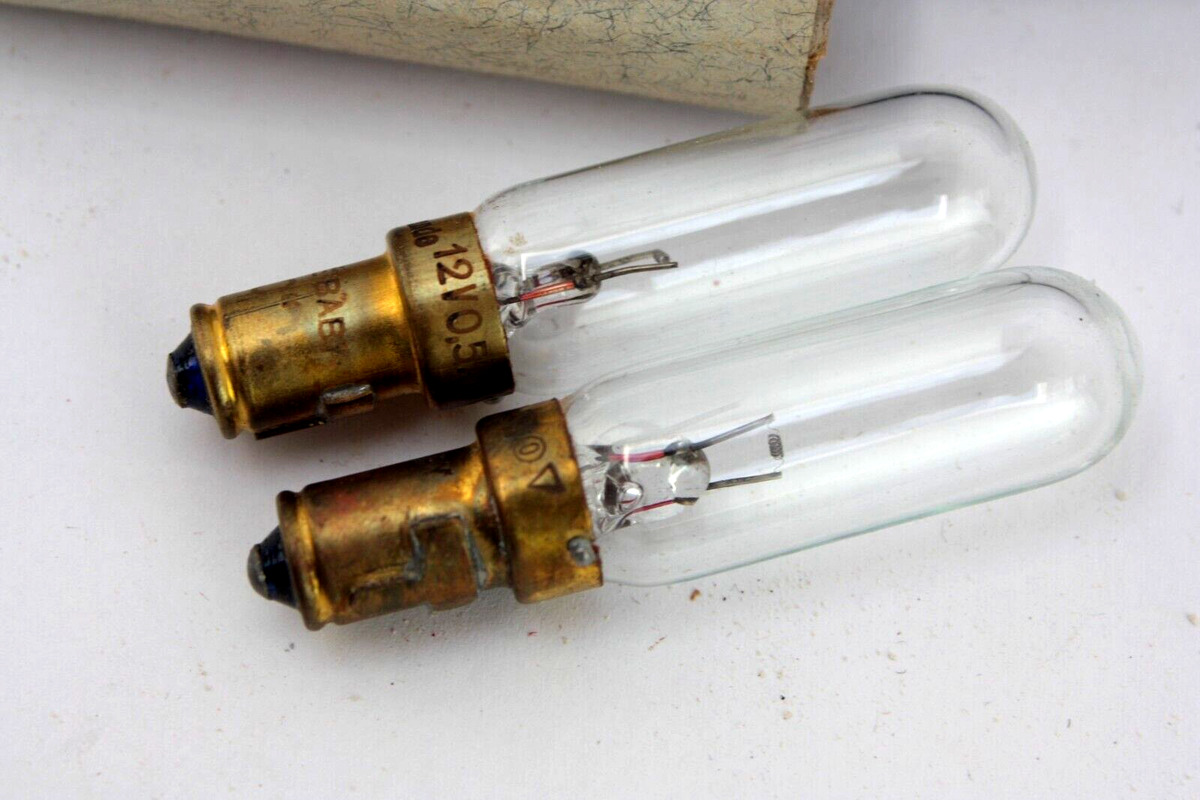

Articles
What Is A Type C Light Bulb
Modified: August 27, 2024
Discover everything you need to know about Type C light bulbs in our informative articles. Learn about their benefits, usage, and more.
(Many of the links in this article redirect to a specific reviewed product. Your purchase of these products through affiliate links helps to generate commission for Storables.com, at no extra cost. Learn more)
Introduction
Welcome to the world of lighting, where innovation meets efficiency. In recent years, there has been a significant shift towards energy-saving and eco-friendly lighting solutions. One such solution is the Type C light bulb, a compact and versatile option that has gained popularity in various settings.
But what exactly is a Type C light bulb and how does it differ from other bulb types? In this article, we will delve into the world of Type C light bulbs, exploring their definition, uses, benefits, and much more.
Type C light bulbs, also known as candelabra bulbs, are a specific type of light bulb designed with a smaller base compared to standard bulbs. They typically feature an E12 base, which is narrower with a diameter of 12mm. This unique design makes them ideal for applications that require a smaller lighting fixture or have limited space.
One of the main advantages of Type C light bulbs is their versatility. They come in various shapes and sizes, including candle-shaped, globe-shaped, and tube-shaped. This allows for flexibility when it comes to matching the bulb with the desired aesthetic and lighting requirements of the space.
In terms of lighting technology, Type C light bulbs are available in different options, including incandescent, halogen, CFL (compact fluorescent), and LED (light-emitting diode). Each technology has its own strengths and characteristics, making it crucial for consumers to consider their specific needs before making a purchase.
Now that we have a general understanding of what Type C light bulbs are, let’s explore their uses and benefits in more detail. Whether you’re looking to enhance the ambiance of your home, create an inviting atmosphere in a hospitality setting, or brighten up a retail space, Type C light bulbs have you covered.
Key Takeaways:
- Type C light bulbs offer versatility, decorative options, and energy efficiency, making them ideal for various settings such as homes, hospitality venues, and retail spaces.
- When choosing Type C light bulbs, consider factors like lighting purpose, technology, and energy efficiency to meet specific needs and preferences while creating a sustainable and well-lit space.
Read more: What Is Type A Light Bulb
Definition of Type C Light Bulb
A Type C light bulb, also known as a candelabra bulb, is a type of light bulb that features a smaller base compared to standard bulbs. It is referred to as Type C due to its candelabra-style base, which is narrower with a diameter of 12mm. The smaller base allows for a more compact size, making it suitable for fixtures that have space limitations or require a more decorative appearance.
These bulbs are commonly used in chandeliers, wall sconces, pendant lights, nightlights, and other fixtures where a smaller bulb is needed. The Type C bulbs come in various shapes, including candle-shaped, globe-shaped, and tube-shaped, providing options to match different aesthetic preferences and lighting requirements.
When it comes to the technology used in Type C bulbs, there are several options available. Incandescent bulbs were traditionally used, but they have become less popular due to their inefficiency and shorter lifespan. Halogen bulbs are also an option, providing a brighter and whiter light compared to incandescent bulbs. However, they tend to generate more heat and have a shorter lifespan as well.
Compact fluorescent lamps (CFLs) are another type of Type C bulb that is more energy-efficient than incandescent and halogen bulbs. CFLs use a combination of gas and mercury vapor to produce light and can last up to 10 times longer than incandescent bulbs while using significantly less energy. However, they do contain mercury, which requires special handling and disposal.
The most popular and energy-efficient option for Type C bulbs is the LED (light-emitting diode) technology. LED bulbs consume significantly less energy than both incandescent and CFL bulbs while providing a longer lifespan. They do not contain hazardous materials like mercury and are more durable, making them a safer and more sustainable choice.
Overall, Type C light bulbs are distinguished by their smaller candelabra-style base and compact size, making them ideal for fixtures that require a decorative touch or have limited space. They offer versatility in terms of shape and technology, allowing consumers to choose the right bulb for their specific needs and preferences. Whether you’re looking for a warm and inviting ambiance or bright and efficient lighting, Type C bulbs have the options to meet your requirements.
Uses and Benefits of Type C Light Bulbs
Type C light bulbs have a wide range of uses and offer several benefits over other bulb types. Let’s explore some of the common uses and advantages of these versatile bulbs:
1. Decorative Lighting: One of the primary uses of Type C light bulbs is in fixtures that require a decorative touch. Due to their smaller size and various shapes, such as candle-shaped and globe-shaped, they are perfect for enhancing the aesthetics of chandeliers, wall sconces, and other decorative lighting fixtures.
2. Accent Lighting: Type C bulbs are also used for accent lighting purposes. Their compact size allows them to be installed in tight spaces or niches, where they can highlight specific areas and objects. Whether you want to draw attention to artwork, architectural features, or focal points in a room, Type C bulbs can provide the desired accent lighting.
3. Hospitality Lighting: Type C light bulbs are commonly used in hotels, restaurants, and other hospitality establishments. Their decorative appeal and ability to create a warm and inviting ambiance make them a popular choice for illuminating dining areas, lobbies, and guest rooms.
4. Retail Lighting: Retail spaces often require lighting that not only illuminates the products but also enhances their presentation. Type C bulbs, particularly in the form of globe-shaped or tube-shaped bulbs, are suitable for showcasing merchandise in stores, boutiques, and display cases.
5. Dimmable Options: Many Type C light bulbs are available with dimmable capabilities, allowing users to adjust the brightness to their desired level. This feature is especially beneficial for creating the perfect mood and ambience in dining areas, bedrooms, and living spaces.
6. Energy Efficiency: Type C bulbs, particularly those that use LED technology, are highly energy-efficient. LED bulbs consume significantly less energy than traditional incandescent bulbs and last much longer. This energy efficiency not only reduces electricity costs but also contributes to a greener and more sustainable environment.
7. Longer Lifespan: Compared to incandescent or halogen bulbs, Type C bulbs, especially those using LED technology, have a substantially longer lifespan. This means fewer bulb replacements, less maintenance, and reduced waste, saving both time and money in the long run.
8. Environmental Benefits: As mentioned earlier, LED Type C bulbs do not contain harmful substances like mercury, which is found in CFL bulbs. This makes LED bulbs a safer and more environmentally friendly lighting option, with minimal impact on landfills or the ecosystem.
These are just a few of the many uses and benefits of Type C light bulbs. Whether it’s for decorative purposes, accent lighting, or energy efficiency, these versatile bulbs offer a wide range of options to suit different lighting needs and preferences.
Types and Varieties of Type C Light Bulbs
Type C light bulbs come in various types and varieties to cater to different lighting needs and preferences. Let’s explore some of the common types and the characteristics that set them apart:
1. Candle-Shaped Bulbs: Candle-shaped Type C bulbs are a popular choice for chandeliers and wall sconces. They mimic the appearance of traditional candle flames and add a touch of elegance and charm to any space. These bulbs are available in different sizes and technologies, including incandescent, halogen, CFL, and LED.
2. Globe-Shaped Bulbs: Globe-shaped Type C bulbs have a rounded shape resembling a globe or a ball. They are often used in pendant lights, vanity fixtures, and decorative lamps. Globe-shaped bulbs provide a wide and uniform distribution of light, making them suitable for general lighting purposes. They can be found in various sizes and technologies such as incandescent, halogen, CFL, and LED.
3. Tube-Shaped Bulbs: Tube-shaped Type C bulbs, also known as tubular bulbs, are longer and narrower in shape. They are often used in wall sconces, picture lights, and display cases. Tube-shaped bulbs provide a focused and directional beam of light, making them ideal for accent lighting and highlighting specific objects or artwork.
4. Bent Tip Bulbs: Bent tip Type C bulbs have a unique shape with a bent or curved tip. These bulbs are commonly used in decorative chandeliers and wall sconces to create a more visually appealing and intricate lighting effect. They can be found in various technologies like incandescent, halogen, CFL, and LED.
5. Flicker Flame Bulbs: Flicker flame Type C bulbs are designed to mimic the appearance of a flickering flame. They are ideal for decorative purposes, such as in candlestick lamps or wall fixtures, to create a vintage or romantic ambiance. Flicker flame bulbs are typically available in incandescent or LED technology.
6. Dimmable Bulbs: Many Type C bulbs, across different shapes and sizes, offer dimmable options. Dimmable bulbs allow users to adjust the brightness according to their preferences, creating the desired mood and ambiance in various spaces. Whether it’s a candle-shaped, globe-shaped, or tube-shaped bulb, dimmable options can be found in incandescent, halogen, CFL, and LED technologies.
7. Colored Bulbs: For special occasions or themed settings, colored Type C bulbs are available in a range of hues. These bulbs can transform the atmosphere and add a vibrant touch to parties, events, or festive decorations. Colored Type C bulbs can be found in different technologies like incandescent, halogen, and LED.
These are just a few examples of the types and varieties of Type C light bulbs. When choosing a specific bulb, consider factors such as the desired lighting effect, the fixture it will be used in, the color temperature, and the energy efficiency of the technology. With a wide selection available, you can find the perfect Type C bulb to complement your lighting needs and personal style.
How Type C Light Bulbs Compare to Other Bulb Types
Type C light bulbs, with their smaller candelabra-style base and compact size, offer distinct advantages and differences compared to other bulb types. Let’s explore how Type C light bulbs compare to some popular bulb types:
1. Type C vs. Standard Bulbs: The main difference between Type C light bulbs and standard bulbs is the size of their base. Type C bulbs have a smaller candelabra-style base (E12) compared to standard bulbs that have a medium base (E26). This makes Type C bulbs more suitable for fixtures that require a smaller size or have limited space.
2. Type C vs. Type A Bulbs: Type A bulbs, also known as regular or standard bulbs, have a medium base and are the most common type of bulb used in households. Type C bulbs, on the other hand, have a smaller candelabra-style base. While Type A bulbs are more versatile and widely available, Type C bulbs provide a more decorative option for fixtures that require a smaller size.
3. Type C vs. Type B Bulbs: Type B bulbs, commonly referred to as tapered or torpedo bulbs, have a candelabra-style base like Type C bulbs. The main difference lies in the shape of the bulb. Type C bulbs are available in various shapes such as candle-shaped, globe-shaped, and tube-shaped, while Type B bulbs have a distinctive tapering or torpedo shape. Both bulbs are suitable for decorative fixtures, but Type C bulbs offer more versatility in terms of shape options.
4. Type C vs. Type E Bulbs: Type E bulbs, also known as European bulbs, have a screw base called an Edison screw base. This differs from the candelabra-style base of Type C bulbs. Type E bulbs are more commonly used in European countries, while Type C bulbs are popular in North America for specific applications that require a smaller size.
5. Type C vs. Type G Bulbs: Type G bulbs, which are commonly used in decorative fixtures, have a medium base. This sets them apart from Type C bulbs, which have a candelabra-style base. Type G bulbs provide a similar decorative touch, but with a larger base size compared to Type C bulbs.
6. Type C vs. Type T Bulbs: Type T bulbs, also known as tubular bulbs, have a tubular shape similar to some Type C bulbs. However, Type C bulbs offer a more compact and narrower candelabra-style base, while Type T bulbs have a larger medium base. This makes Type C bulbs more suitable for fixtures with limited space or a need for a smaller size.
It’s essential to consider the fixture, space, and specific lighting needs when choosing between different bulb types. While standard bulbs are versatile and widely available, Type C bulbs offer a more decorative and compact option. Understanding the differences and advantages of each bulb type helps in selecting the right one to achieve the desired lighting effect and aesthetic appeal.
When purchasing a Type C light bulb, make sure to check the base size and wattage to ensure it is compatible with your fixture. Type C bulbs are commonly used in small appliances and decorative lighting.
Read more: What Is A Type B Light Bulb
Factors to Consider When Choosing Type C Light Bulbs
When it comes to choosing the right Type C light bulbs, there are several important factors to consider. These factors will help you select bulbs that meet your specific lighting needs and preferences. Here are some key considerations:
1. Lighting Purpose: Consider the purpose of the lighting. Are you looking for ambient lighting, accent lighting, or task lighting? Different types of Type C bulbs offer different light distributions and intensities, so choose accordingly.
2. Bulb Shape and Size: Type C bulbs come in various shapes, including candle-shaped, globe-shaped, tube-shaped, and more. Consider the shape and size of the bulb that will best fit your fixture and complement your desired aesthetic.
3. Technology: Type C bulbs are available in different technologies such as incandescent, halogen, CFL, and LED. Consider the unique features of each technology, including energy efficiency, lifespan, color rendering, and dimmability, to choose the one that suits your requirements.
4. Brightness and Color Temperature: Determine the desired brightness level and color temperature of the lighting. Brightness is measured in lumens, while color temperature is measured in Kelvin. Consider the mood and ambiance you want to create and choose bulbs with the appropriate brightness and color temperature.
5. Dimmability: If you require the ability to adjust the brightness of the lighting, make sure to choose Type C bulbs that are dimmable. Not all types of bulbs or technologies offer dimmable options, so be sure to check the specifications before purchasing.
6. Energy Efficiency: Consider the energy efficiency of the bulbs. LED Type C bulbs are known for their energy-saving capabilities and long lifespan. They consume significantly less energy compared to incandescent or CFL bulbs, resulting in cost savings and environmental benefits.
7. Compatibility with Fixtures: Ensure that the Type C bulbs you choose are compatible with your lighting fixtures. Check the base size (E12) and voltage requirements to ensure a proper fit and avoid any potential safety hazards.
8. Brand and Quality: Consider reputable brands and ensure that the bulbs you choose meet quality standards. Reliable brands often provide more durable and long-lasting bulbs, backed by warranties and customer support.
9. Budget: Lastly, consider your budget when selecting Type C light bulbs. While LED bulbs may have a higher upfront cost, their energy efficiency and longer lifespan can result in overall cost savings in the long run.
By considering these factors, you can make an informed decision when choosing Type C light bulbs that will meet your specific needs, enhance the aesthetics of your space, and provide efficient, long-lasting illumination.
Installation and Maintenance of Type C Light Bulbs
Proper installation and maintenance of Type C light bulbs are essential for ensuring optimal performance, safety, and longevity. Here are some key considerations when it comes to installing and maintaining your Type C light bulbs:
1. Power Off: Before installing or replacing any light bulbs, always turn off the power at the electrical panel to prevent electrical shock or accidents. Use a voltage tester to confirm that the power is off before proceeding with any installation or maintenance tasks.
2. Choose the Correct Bulb: Ensure that the Type C light bulb you choose is compatible with your fixture in terms of wattage, voltage, and base size (E12). Using an incorrect bulb may result in poor performance, flickering, or even damage to the fixture or bulb.
3. Handling the Bulb: When handling Type C light bulbs, avoid touching the glass part with bare hands. The oils from your skin can cause the bulb to heat unevenly and reduce its lifespan. Use a clean, dry cloth or wear gloves when handling the bulb to maintain its cleanliness and longevity.
4. Clean the Fixture: Before installing a new Type C bulb, ensure that the fixture is clean and free from dust and debris. This will help to optimize the lighting quality and prevent any obstructions that may affect the bulb’s performance.
5. Align the Base: When inserting the Type C bulb into the socket, align the base properly with the socket threads. Gently twist the bulb clockwise until it fits snugly in place. Avoid forcing or overtightening, as this may damage the bulb or the socket.
6. Test the Bulb: Once the Type C bulb is installed, turn on the power and test it to ensure proper functioning. Check for any flickering, dimming, or other performance issues. If any abnormalities are detected, turn off the power and recheck the installation or consider replacing the bulb.
7. Regular Cleaning: Regularly clean the surface of Type C light bulbs to remove dust, dirt, or any other buildup that may affect their brightness and performance. Use a soft cloth or a duster to gently wipe the bulbs when they are cool to the touch. Make sure to turn off the power before cleaning.
8. Maintenance Schedule: Create a maintenance schedule to periodically check and replace Type C light bulbs, especially in high-use areas or fixtures that require consistent lighting. Consider replacing bulbs that show signs of dimming, flickering, or reaching the end of their lifespan.
9. Safety Precautions: Always prioritize safety when installing or maintaining Type C light bulbs. Avoid overloading the circuit by ensuring that the wattage of the bulbs does not exceed the fixture or circuit rating. If you are uncertain or uncomfortable with any electrical tasks, it is advisable to consult a professional electrician.
By following these installation and maintenance guidelines, you can ensure that your Type C light bulbs provide efficient, safe, and long-lasting illumination for your space.
Energy Efficiency and Environmental Impact of Type C Light Bulbs
Energy efficiency and environmental impact are important considerations when choosing lighting solutions. Type C light bulbs offer several benefits in terms of energy efficiency and environmental sustainability compared to traditional bulb types. Let’s explore the energy efficiency and environmental impact of Type C light bulbs:
1. Energy Efficiency: Type C light bulbs, especially those utilizing LED (light-emitting diode) technology, are highly energy-efficient. LED bulbs consume significantly less energy compared to traditional incandescent bulbs, resulting in lower electricity bills and reduced carbon emissions. LED Type C bulbs can save up to 80% more energy, making them a cost-effective and eco-friendly choice.
2. Longer Lifespan: LED Type C bulbs have a substantially longer lifespan compared to incandescent or CFL (compact fluorescent) bulbs. They can last up to 25 times longer, reducing the frequency of bulb replacements and the associated waste generation. This not only saves money but also reduces the environmental impact of manufacturing, transporting, and disposing of more bulbs over time.
3. Lower Heat Emissions: LED Type C bulbs generate significantly less heat compared to incandescent or halogen bulbs. This not only reduces the risk of fire hazards but also minimizes energy waste. Traditional bulbs convert much of their energy into heat rather than light, resulting in inefficient lighting and increased cooling costs. LED bulbs convert a higher percentage of energy into light, saving both energy and money.
4. Eco-Friendly Materials: LED Type C bulbs do not contain hazardous materials like mercury, which is found in CFL bulbs. This makes LED bulbs safer to use and dispose of. Additionally, LED bulbs are generally made from recyclable materials, reducing their environmental impact further. Proper recycling and disposal of LED bulbs can help prevent the release of harmful substances into the environment.
5. Reduced Carbon Footprint: By using energy-efficient Type C light bulbs, you can significantly reduce your carbon footprint. The lower energy consumption of LED bulbs directly translates into lower greenhouse gas emissions from power plants. Choosing LED Type C bulbs contributes to a greener and more sustainable environment by reducing carbon dioxide emissions and combating climate change.
6. Utility Cost Savings: Switching to energy-efficient Type C light bulbs can result in significant cost savings on utility bills. LED bulbs consume less electricity, meaning lower energy bills and long-term savings. These savings can be substantial, particularly in commercial settings that use a considerable number of Type C light bulbs.
7. Government Incentives: Many governments and utility companies offer incentives and rebates to encourage the adoption of energy-efficient lighting solutions. These incentives can further reduce the upfront cost of purchasing LED Type C bulbs, making them an even more attractive and economical choice.
Considering the energy efficiency and environmental impact of Type C light bulbs is vital for creating a sustainable and eco-friendly lighting solution. By choosing LED Type C bulbs, you can enjoy long-lasting, energy-efficient, and environmentally conscious lighting for your space.
Conclusion
Type C light bulbs, with their unique candelabra-style base and compact size, offer a versatile and decorative lighting solution for various settings. Whether you’re looking to enhance the ambiance of your home, create a welcoming atmosphere in a hospitality venue, or brighten up a retail space, Type C bulbs have you covered.
Throughout this article, we explored the definition, uses, benefits, types, and environmental impact of Type C light bulbs. We discussed how Type C bulbs compare to other bulb types, highlighting their distinct advantages such as their ability to fit into fixtures with limited space and their flexibility in terms of shape and technology.
When choosing Type C light bulbs, it’s important to consider factors such as lighting purpose, bulb shape and size, technology, brightness, color temperature, dimmability, energy efficiency, compatibility with fixtures, brand and quality, and budget. Taking these factors into account will help you select the right Type C bulbs that meet your specific needs and preferences.
Furthermore, we explored the importance of proper installation and maintenance to ensure optimal performance, safety, and longevity of Type C light bulbs. By following the recommended steps for installation, handling, cleaning, and regular maintenance, you can maximize the lifespan and efficiency of your Type C bulbs.
One of the notable advantages of Type C light bulbs, particularly those using LED technology, is their energy efficiency. LED Type C bulbs consume significantly less energy, last longer, and emit less heat compared to traditional bulbs. This not only translates into cost savings but also reduces carbon emissions, making LED Type C bulbs a greener and more sustainable lighting option.
In conclusion, Type C light bulbs offer a wide range of options for various lighting needs and preferences. Whether you’re seeking decorative lighting, accent lighting, or energy-efficient solutions, Type C bulbs can meet your requirements. By choosing the right Type C bulbs and being mindful of their installation, maintenance, and environmental impact, you can create a well-lit and eco-friendly space that enhances both the aesthetics and sustainability of your surroundings.
Frequently Asked Questions about What Is A Type C Light Bulb
Was this page helpful?
At Storables.com, we guarantee accurate and reliable information. Our content, validated by Expert Board Contributors, is crafted following stringent Editorial Policies. We're committed to providing you with well-researched, expert-backed insights for all your informational needs.
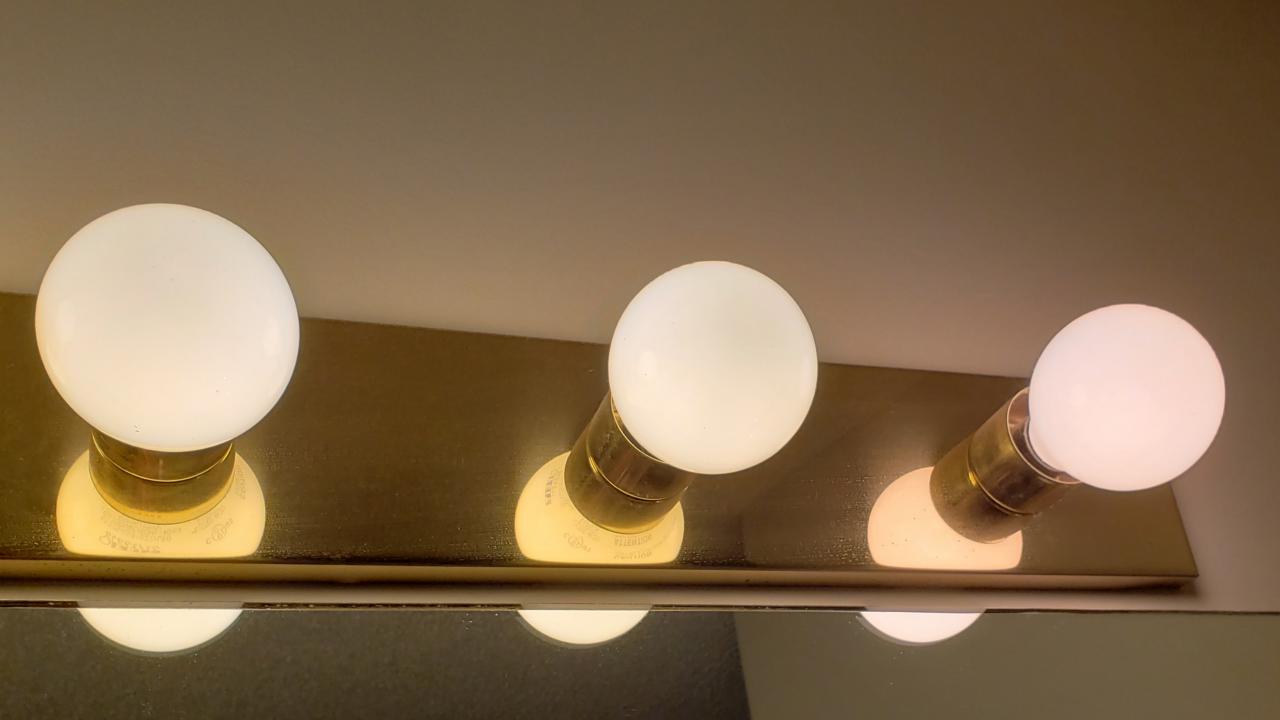
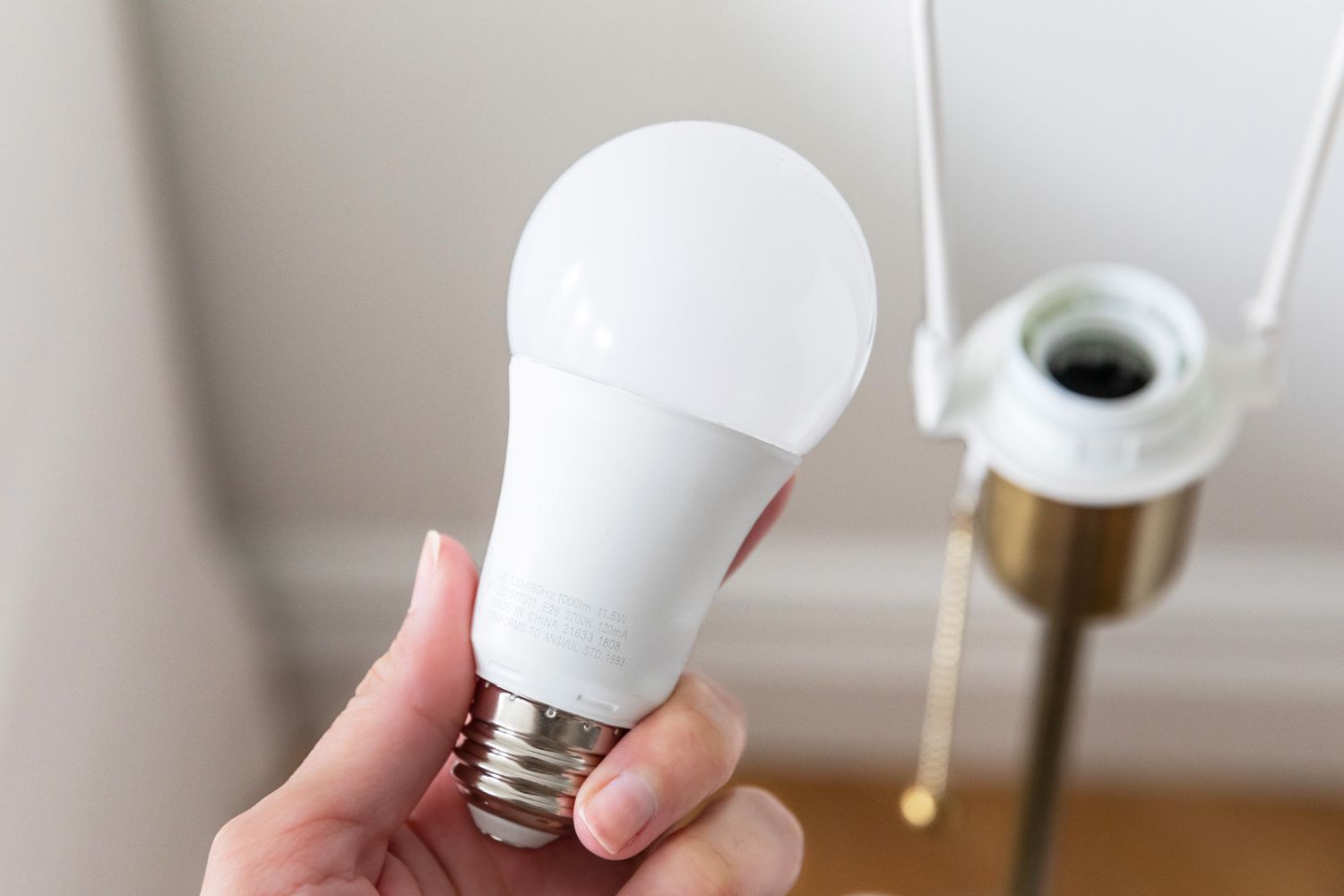
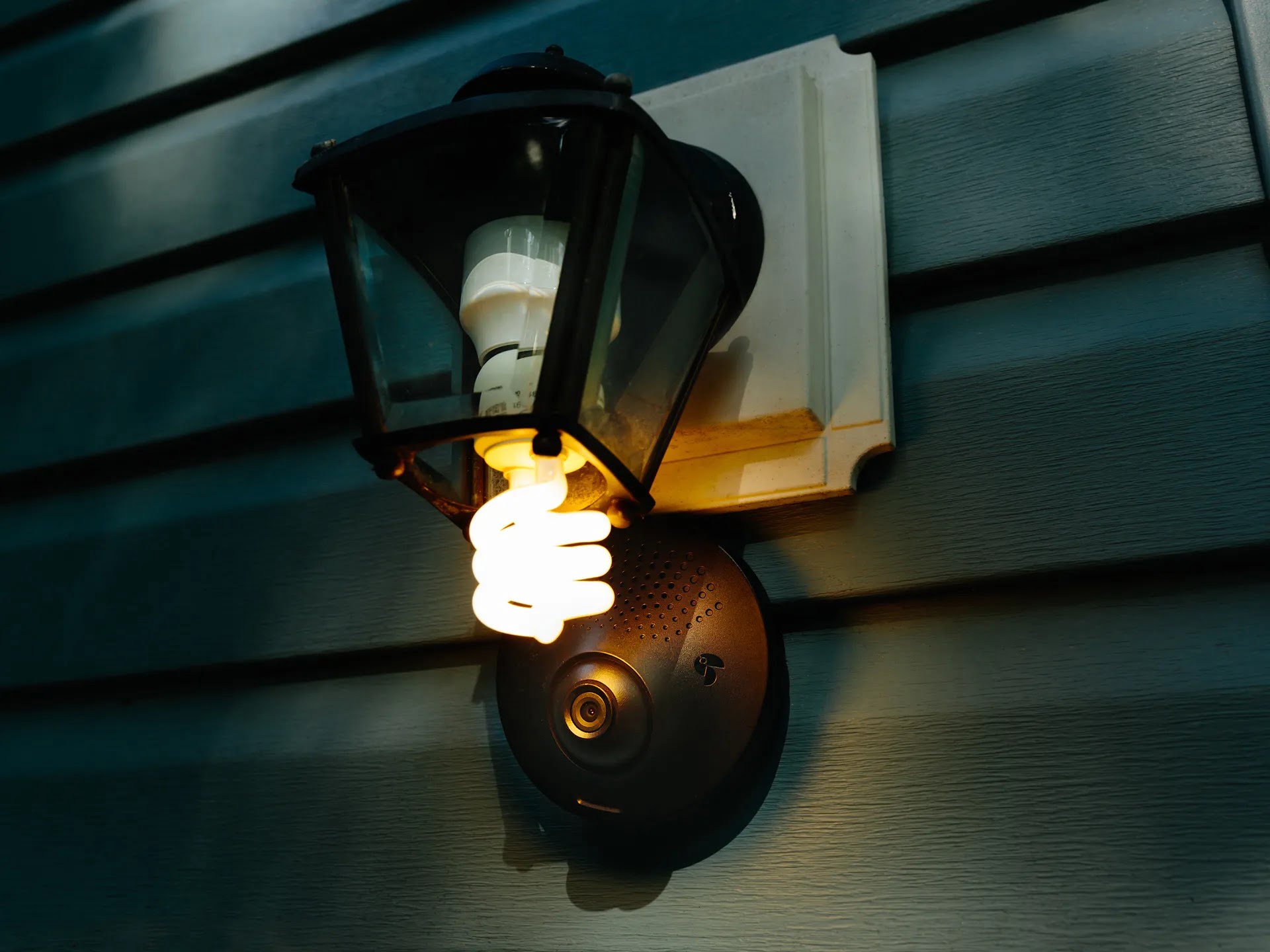
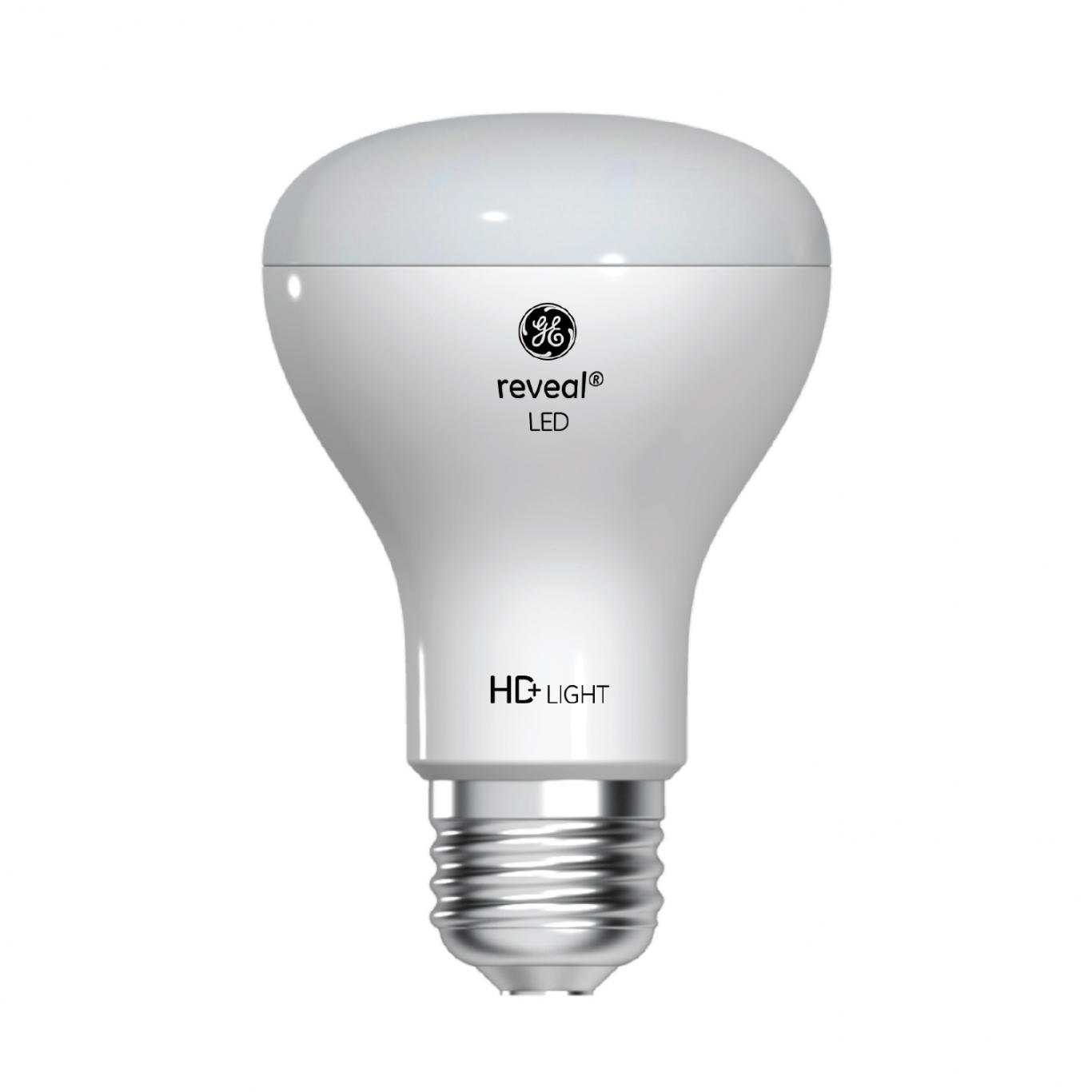
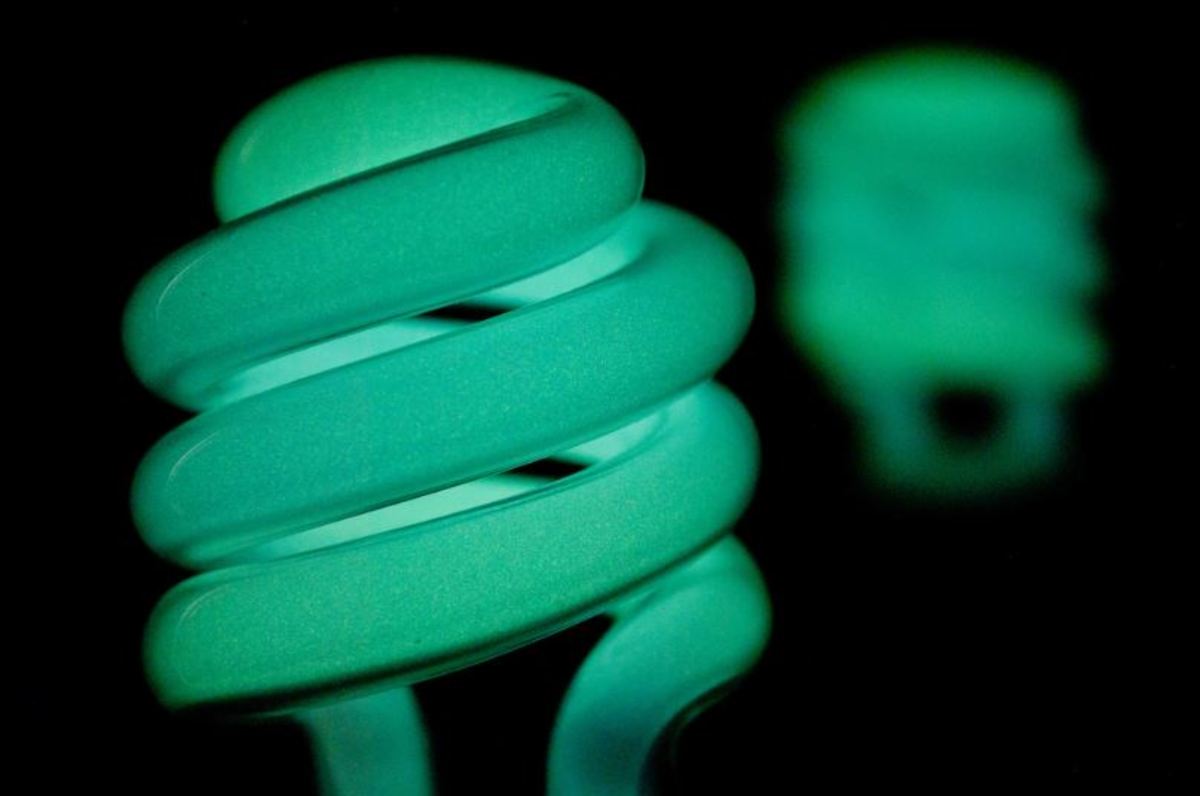

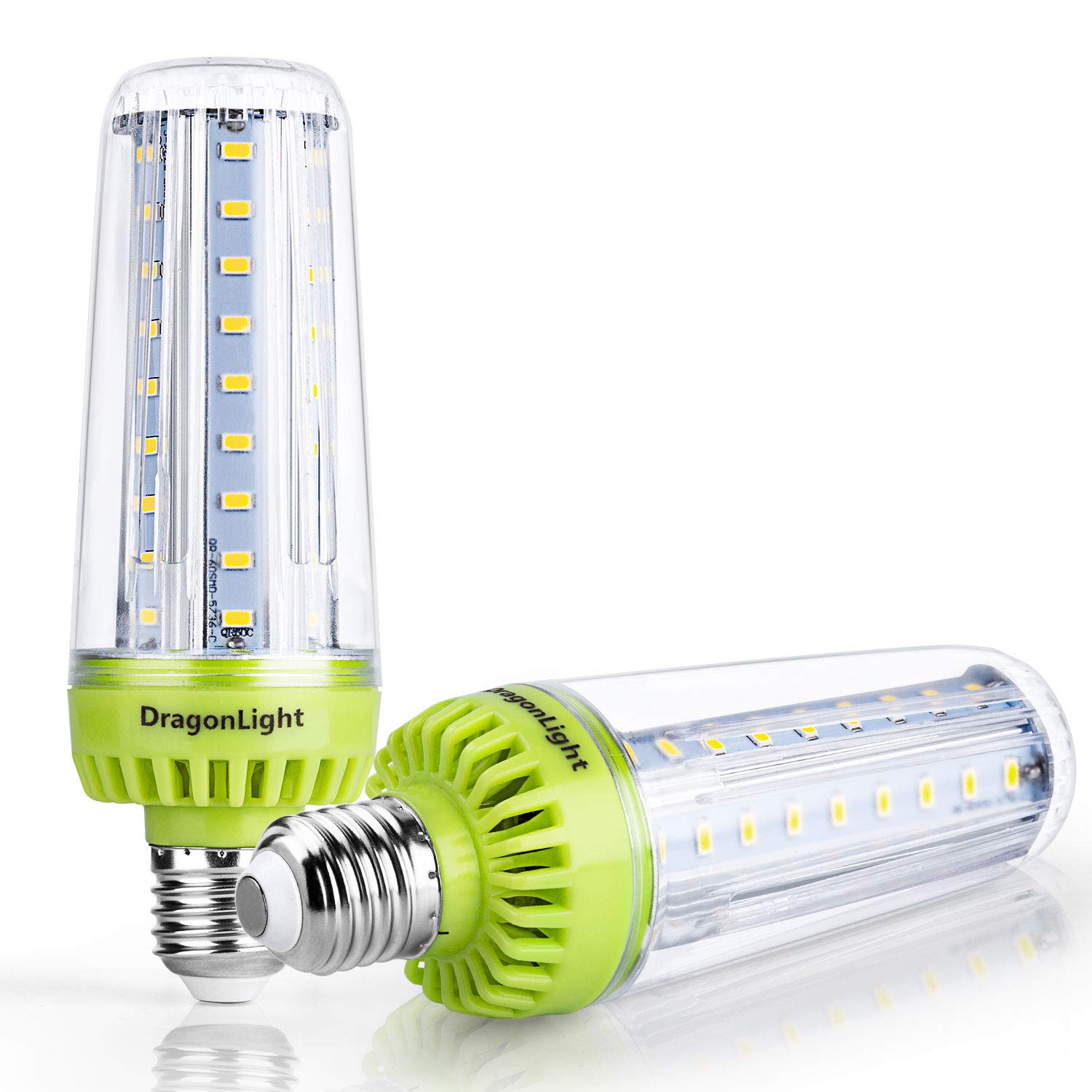

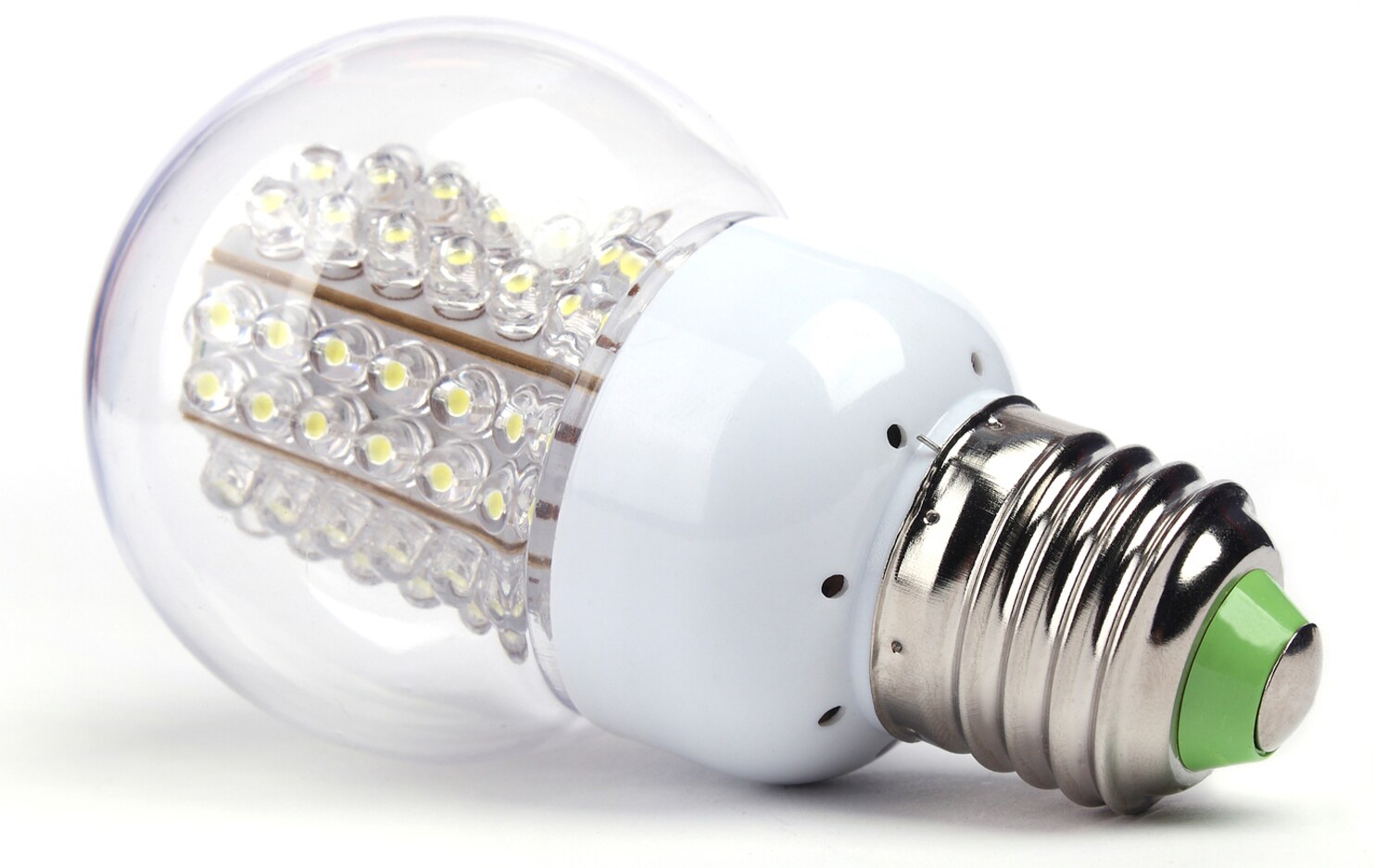
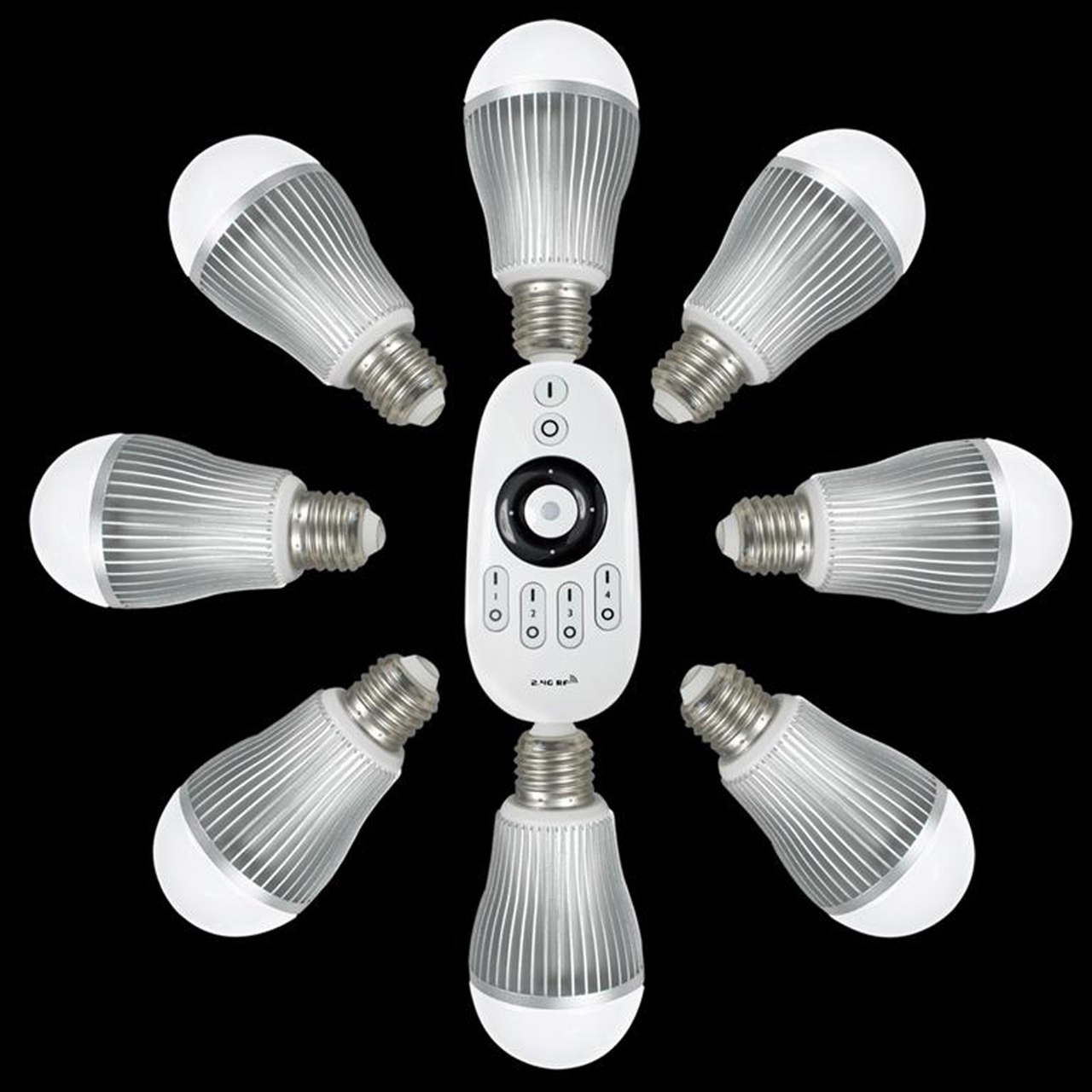
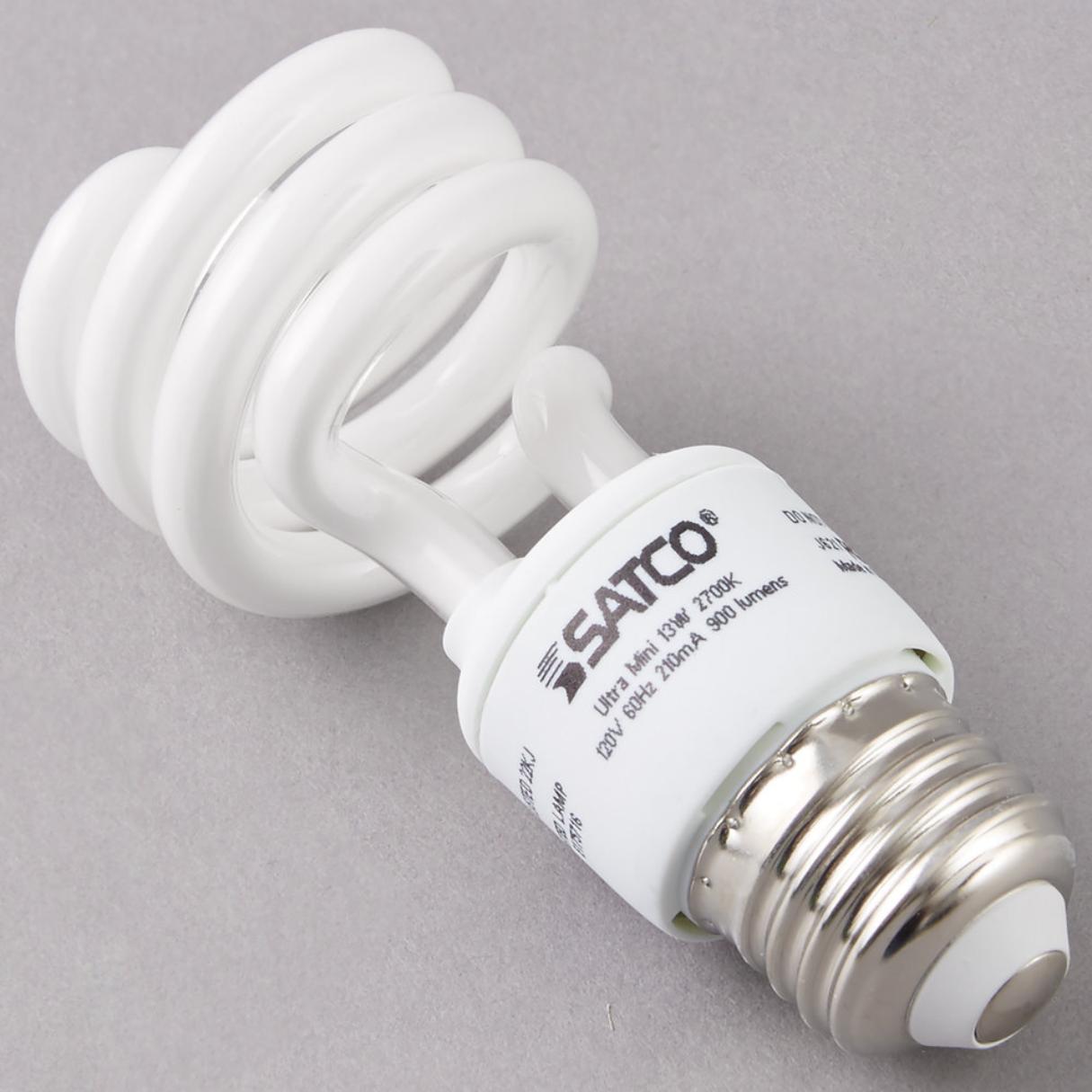
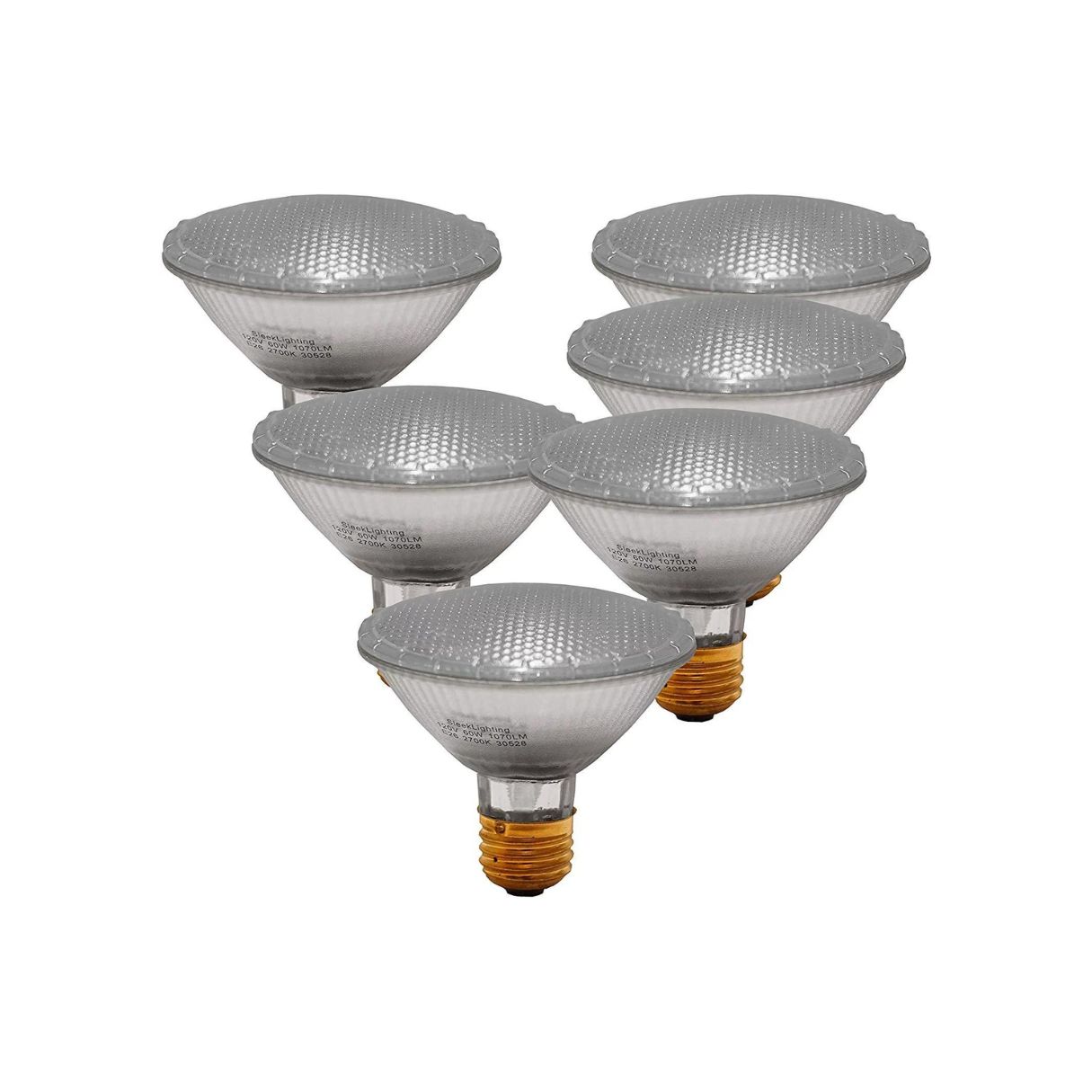
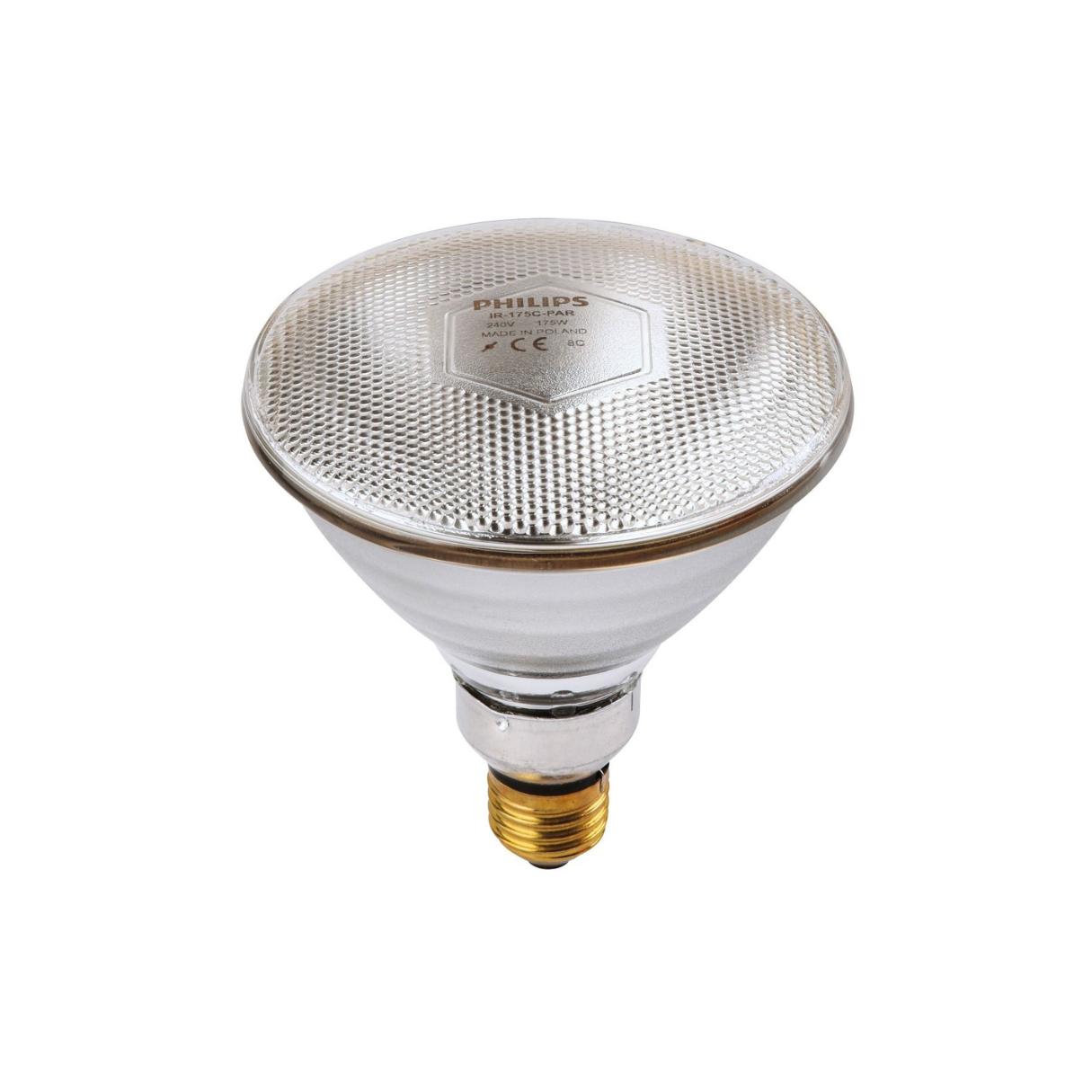


0 thoughts on “What Is A Type C Light Bulb”